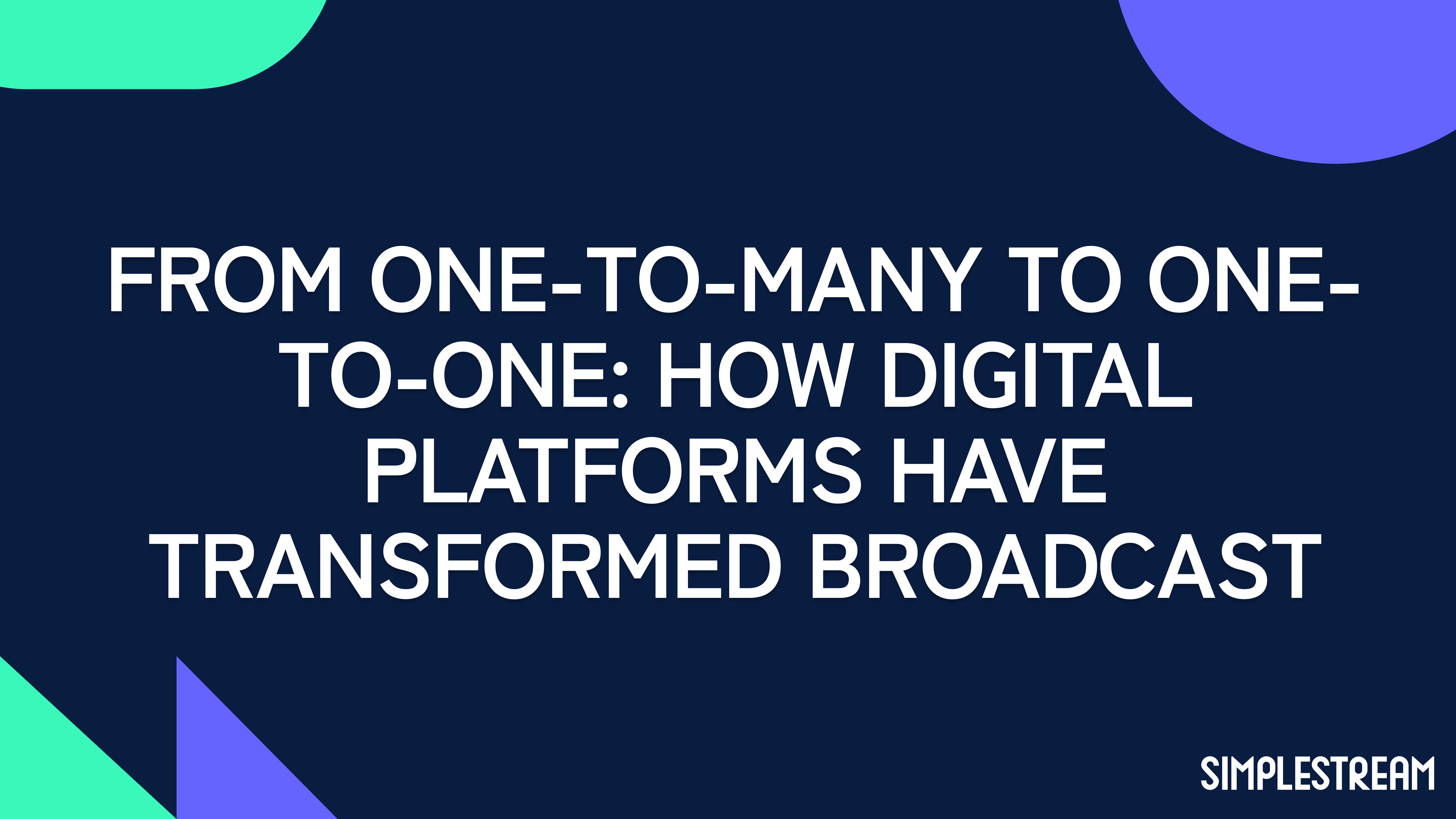The university of social media: why educational VOD is a golden opportunity in 2023
How TikTok could inspire a new generation of educational VOD platforms, and how advertising could monetise it.
When thinking about DIY, older generations may have flashbacks of themselves squinting at small print text from a flimsy instruction manual or blowing sawdust off a hardcover book. However, if we fast-forward to 2023, we can see that social media platforms have evolved into DIY manuals in their own right, with 71% of Gen Z turning to social media for DIY Inspiration.
Among the numerous social media platforms, YouTube stands out as a powerhouse of online educational content. Particularly because 51% of YouTube users in the USA access the platform to learn new things. Equally, new school apps such as TikTok have rose in popularity as a tool for learning, with 1 in 3 children claiming to receive more education from TikTok than in school. To put the popularity of both these apps into perspective, TikTok has amassed 74.5 million global downloads, whilst the YouTube app has yielded 19.7 million as of September 2022.

There’s a hashtag for that
While TikTok is renowned for its short-form videos and popular dance challenges, it has recently emerged as an unexpected yet potent educational tool. Churning out information that is concise, engaging and more enjoyable for younger audiences to digest.
However, some may argue that a 60-second video clip is not enough to grasp an understanding of complex topics, such as economics, mortgages or theoretical physics (Oppenheimer would agree). But, as of 2022, the people behind TikTok have broken this barrier by extending their video durations to a maximum of 10 minutes. Allowing users to take a deep dive into a variety of disciplines that can be navigated by hashtags, such as #sciencetok, #financetok, #DIYtok, and even #spiritualtok, for those looking to find their inner zen.
Social media is a haven for visual learners
The fact that 1 in 4 Americans use TikTok for educational purposes is no coincidence. In recent years, studies have found that the average attention span has shrunk by 25%, and 65% of pupils learn best visually.
The result? Users gravitate towards video-based learning materials, such as TikToks, as this form of content earns user attention and is more digestible - especially for younger audiences. For this reason, we’ve seen short-form video apps dedicate entire segments of their platforms to learning and discovery. A prime example? The introduction of #LearnOnTikTok has amassed 632.9 billion views to date. This alone illustrates the traction that educational video on demand platforms could gain moving forward.
Why is educational video-on-demand a goldmine?
Since the dawn of time, Universities have monetised education, and now it’s time for app platforms to follow suit. It's evident that a healthy appetite exists for platforms that exclusively focus on delivering educational content.
Notable examples include wikiHow, a former educational website that successfully re-packaged its content into an ad-supported mobile app in 2018, and has since amassed over 1 million downloads. Similarly, monetised YouTube channels such as '5 Minute Crafts' have garnered an astounding 80.1 million subscribers as of June 2023, which demonstrates the immense popularity and reach of educational content in the digital sphere.
Considering this data, it becomes clear that a golden opportunity exists to cultivate a cutting-edge social media platform centred around educational video on demand. While universities have long been harnessing this concept, the potential for a new app to usher in a new era of accessible, engaging, and personalised learning experiences is undeniable.
.jpg)
Imitation is the best form of flattery
In the tech landscape, apps often draw inspiration from existing features of other platforms, resulting in subtle similarities. For instance, Instagram borrowed hashtags from Twitter, Twitter mimicked post re-sharing from Facebook (or Tumblr), and Instagram adopted 24-hour expiring posts from Snapchat. This continuous cross-pollination of features highlights a key theme: steal the secret sauce from an alternative viral app but modify the recipe ever so slightly.
The same formula can be applied to businesses looking to create a thriving VOD platform for educational purposes. However, we think that the following features are crucial to the success of a new educational platform:
🔎 A hashtag-supported search bar: allowing users to effortlessly explore and discover specific content they're interested in, without the need to type in an entire sentence.
🎥 A vast content library of short-form media: keep users engaged and encourage content binging which ultimately keeps consumers on your app.
📊 A smart algorithm: learns user behaviour and pushes relevant recommendations to user feeds. This will improve user experiences as this makes it easier for users to discover new educational content that they are interested in (based on historical user data).
💸 A freemium model: supported by ad-insertion. This reduces barriers to user downloads, especially for younger consumers. It also unlocks a revenue stream for the app owner. The evidence? TikTok has raked in an annual revenue of $4 billion in 2021, mostly from advertising.
In summary, by leveraging popular social media apps as a blueprint and blending key features together, a brand-new educational video-on-demand app could be created. If marketed successfully, we could witness the rise of platforms that pour knowledge into younger generations' minds. And who knows, maybe those generations will become addicted to learning the principles of economics or carpentry, as opposed to practising TikTok dance challenges in front of the mirror at 3 AM.
.jpg)


